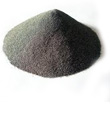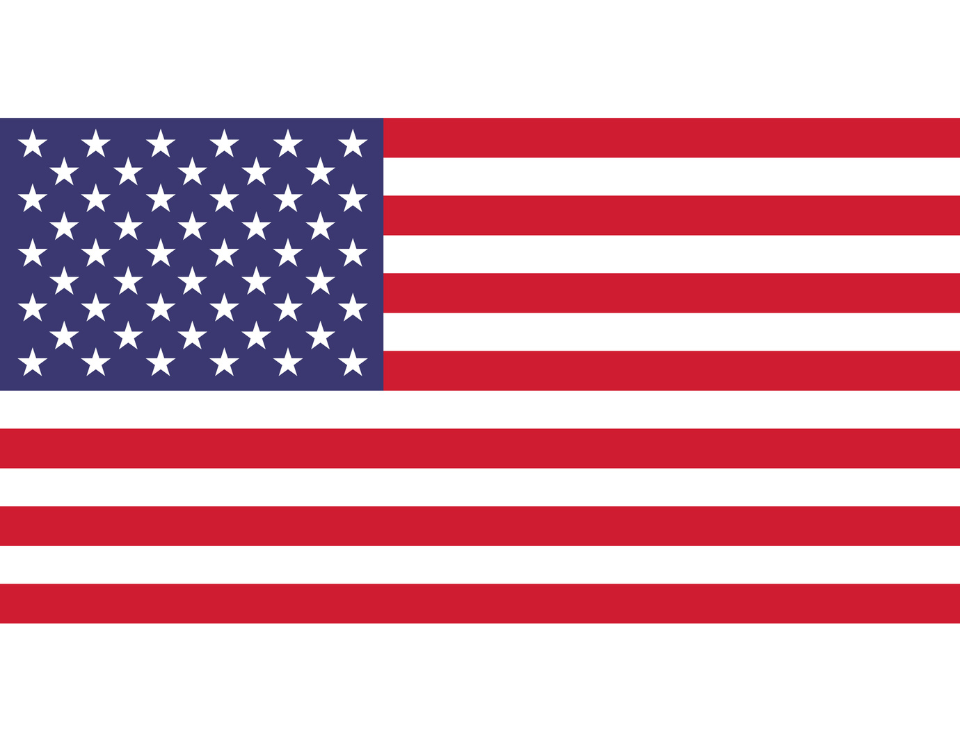 |
| Tungsten Carbide |
Tungsten Carbide is used to make a wide variety of goods. Things that you never see but that are incredibly necessary, literally and figuratively the nuts and bolts of our economy.What is the state of the Tungsten Carbide Industry in 2020? It's a bit shaky, but honestly could be a lot worse. Costs have risen considerably (5% to 30%) and lead times on deliveries have been stretched but at least supplies are still flowing and production of items like carbide dies, tooling and bushings have not been severely interrupted. Lets take a closer look at the current market for the ingredients of tungsten carbide, the elements of tungsten and cobalt.
Tungsten Supply 2020
In 2022 China produced the most tungsten by far, however, they are currently in a trade war with the US, increasing the cost of tungsten carbide imports. Also, notably high on the list is Russia who are currently being sanctioned by a large number of countries do to their invasion of Ukraine. Furthermore, over 1200 companies have decided to quit doing business with Russia, sighting Russian war crimes and their predatory foreign policy. New mines are currently underway in South Africa and Vietnam.Tungsten Production by Country
(in metric tons)
China: 66,000
Vietnam: 4,500
Russia: 2,400
Bolivia: 1,400
Rwanda: 950
Austria: 900
Spain: 900
Portugal: 600
N. Korea: 400
All Other Countries: 1,200
Cobalt Supply 2020
The second ingredient to tungsten carbide is the binder, cobalt. This hard lustrous metal is a byproduct of mining nickel, lead and iron. In 2022 worldwide production came to 170,000 metric tons.
The Democratic Republic of Congo is by far the largest cobalt producers and makes up a larger proportion of the DRC's income from exports. They produce a full 2/3rds of global production and have both the largest mine and biggest reserves, estimated at 1.4 million metric tons.
Cobalt Production by Country
(in metric tons)
Democratic Republic of Congo: 100,000
Russia: 6,100
Australia: 5,100
Philippines: 4,600
Cuba: 3,500
Madagascar: 3,300
Papua New Guinea: 3,100
Canada: 3,000





